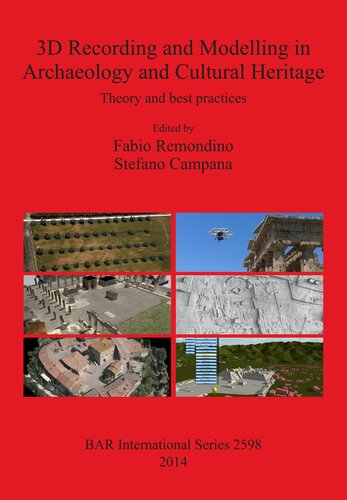

Most ebook files are in PDF format, so you can easily read them using various software such as Foxit Reader or directly on the Google Chrome browser.
Some ebook files are released by publishers in other formats such as .awz, .mobi, .epub, .fb2, etc. You may need to install specific software to read these formats on mobile/PC, such as Calibre.
Please read the tutorial at this link: https://ebookbell.com/faq
We offer FREE conversion to the popular formats you request; however, this may take some time. Therefore, right after payment, please email us, and we will try to provide the service as quickly as possible.
For some exceptional file formats or broken links (if any), please refrain from opening any disputes. Instead, email us first, and we will try to assist within a maximum of 6 hours.
EbookBell Team

0.0
0 reviewsThe book derives from the experiences of the authors as lecturers and tutors at different international summer schools on reality-based surveying and 3D modelling in the field of archaeology and cultural heritage. The book is organized in three mainsections. The first part aims to introduce and discuss the contribution of geomatic techniques in archaeology and more generally in cultural heritage with particular attentions to the 3D domain. The second part is focused on the main areas involved in the implementation of 3D surveys (aerial and terrestrial LiDAR, photogrammetry, remote sensing), 3D documentations, GIS and 3D interpretations (virtual and cyber archaeology). The last section collects some relevant case studies showing the extraordinary contribution that geomatic techniques can give to archaeological research and cultural heritage at different scales of detail: object, site, landscape.